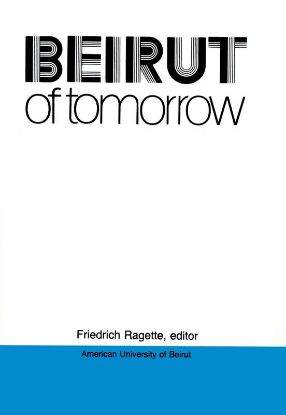Filter by price
Architecture
Beirut of Tomorrow
These are the proceedings of a January 1983 symposium organized by the American University of Beirut and the Goethe Institute at a midpoint in the Lebanese Civil War when the Beirut city center was being cleared of the destructive effects of the war in preparation for reconstruction. The ten papers address the damage sustained during the first part of the civil war, and make recommendations for reconstruction. Lessons from the post-World War II reconstruction of Europe and an overview of Beirut's previous history are included. This publication contains thirteen illustrations, four maps, and twenty-one photos.
$10.00
The Image of The Word
In Islam, the concept that the Word was revealed to man in its highest and final form in the Qurʾan has made it the foundation of all Muslim artistic expression. The authors of this study present a collection of published transcriptions of Qurʾanic inscriptions on Islamic monuments from Jerusalem, Cairo, and Damascus in order to determine how the inscriptions were used and what patterns, if any, might contribute to an appreciation of the religious content of a work of art. The study is limited to the world of medieval Islam when religious foundations were at their greatest strength and vitality, and found their most integrated expression. Volume I presents the texts and photographs of the inscriptions, while Volume II gives three indexes of the verses: in order of the suras, used geographically, and according to their locations within buildings.
$30.00


